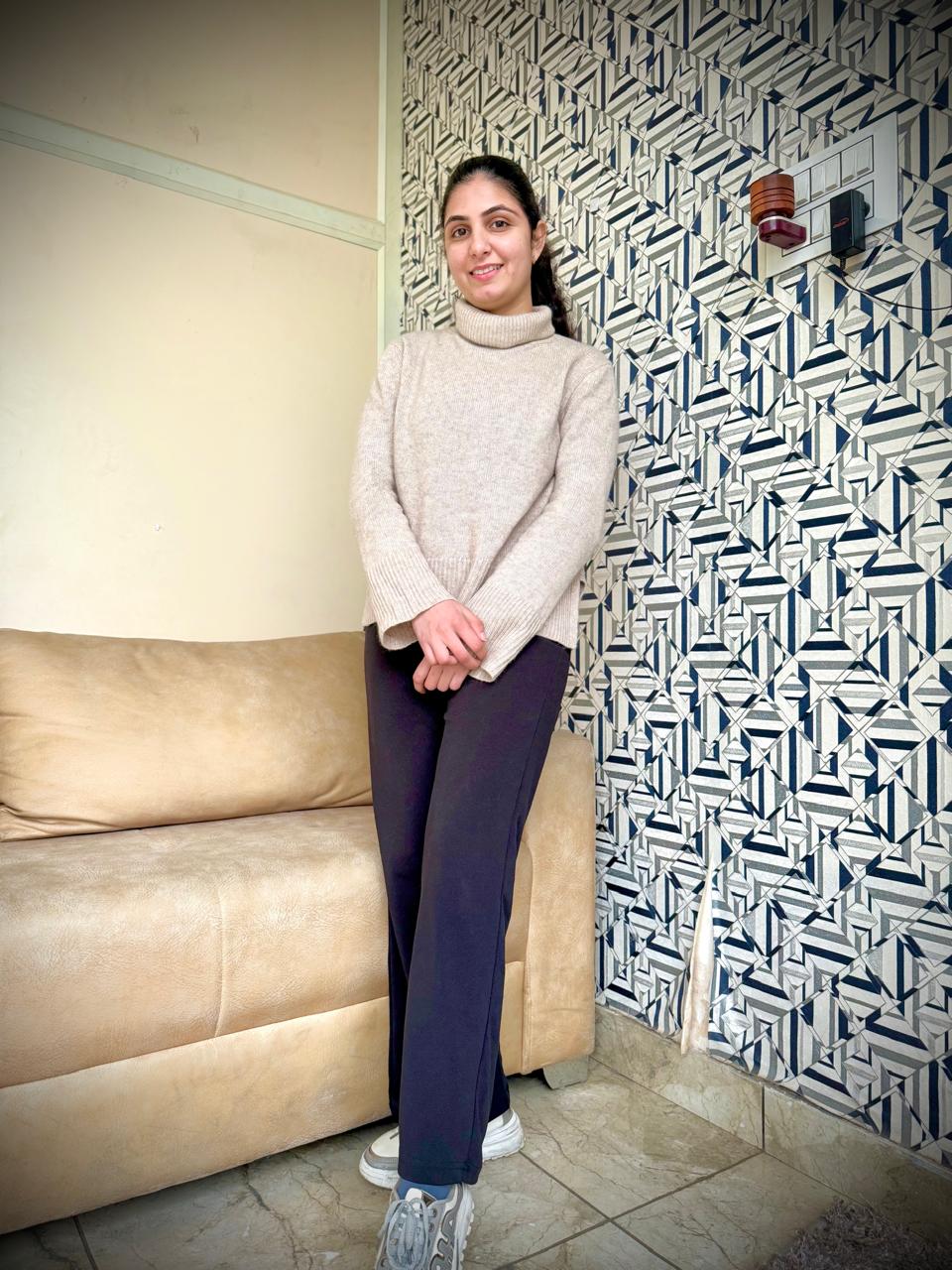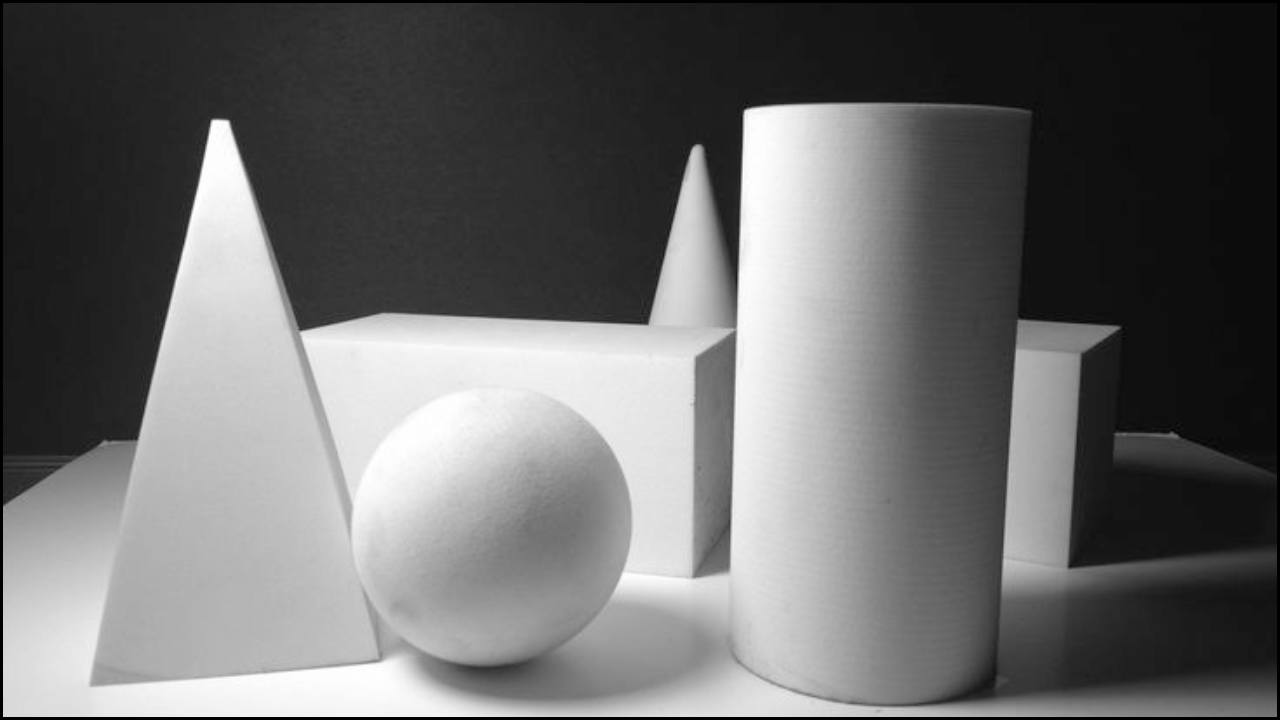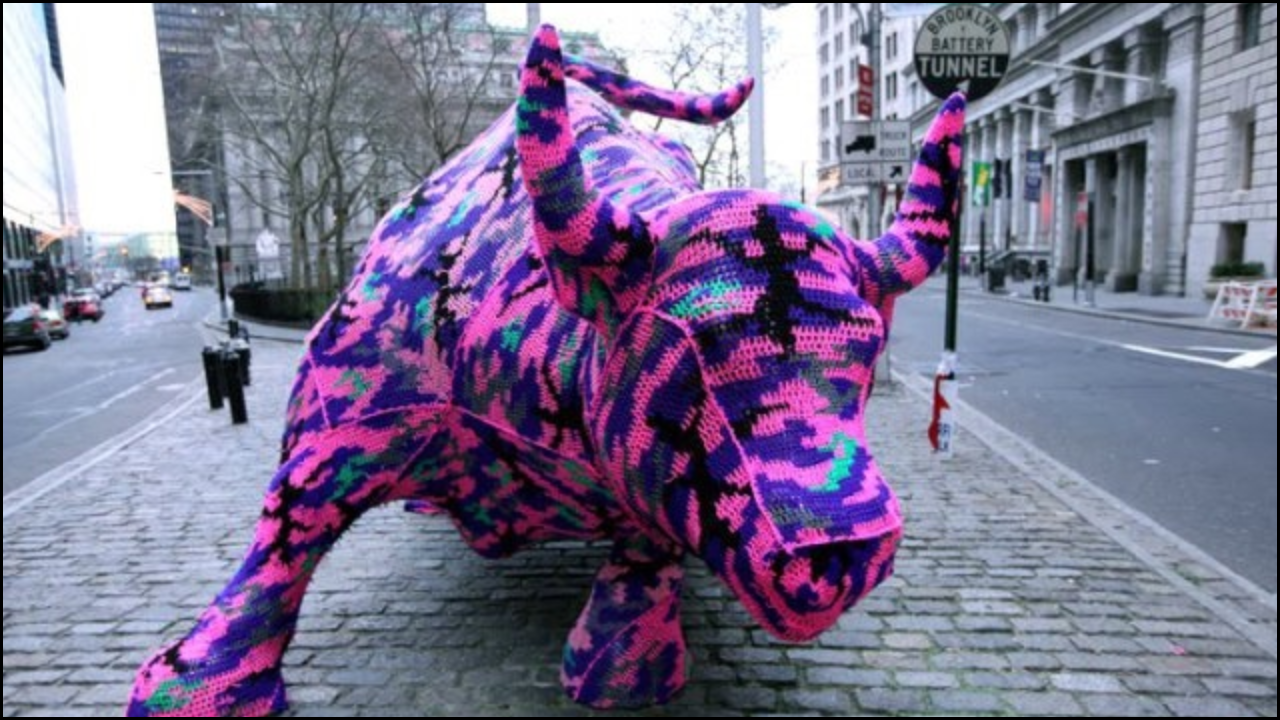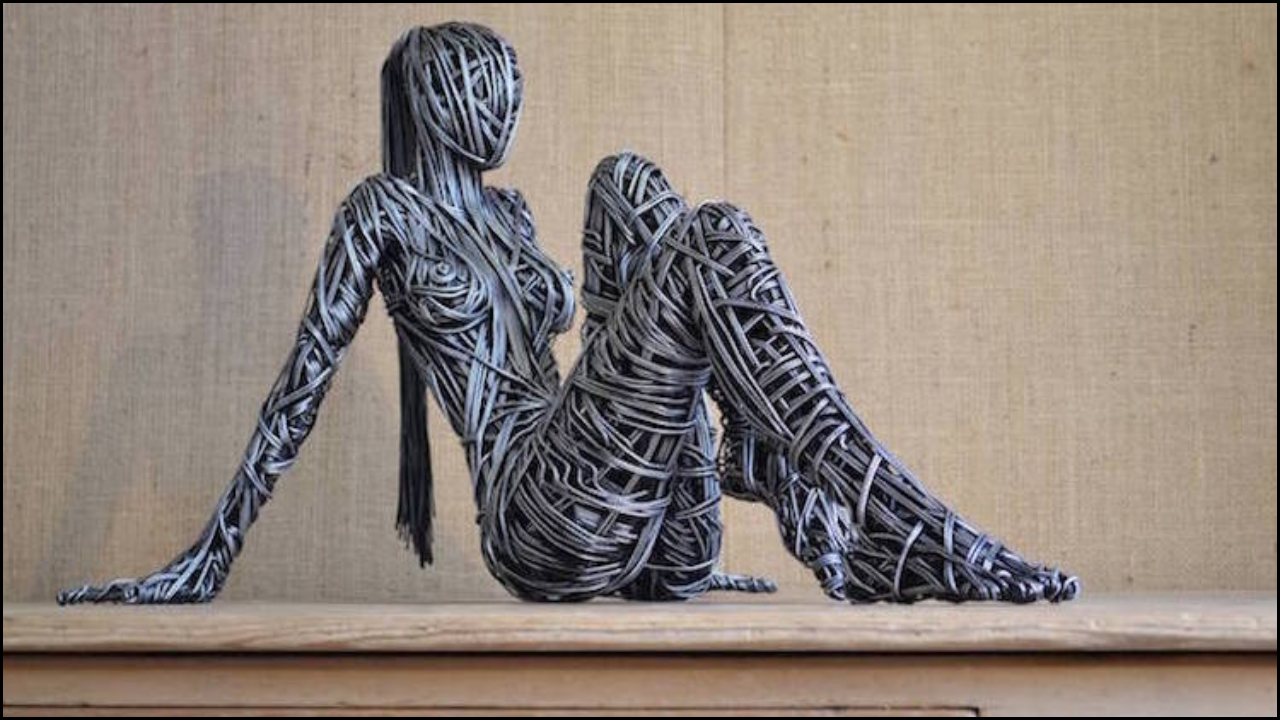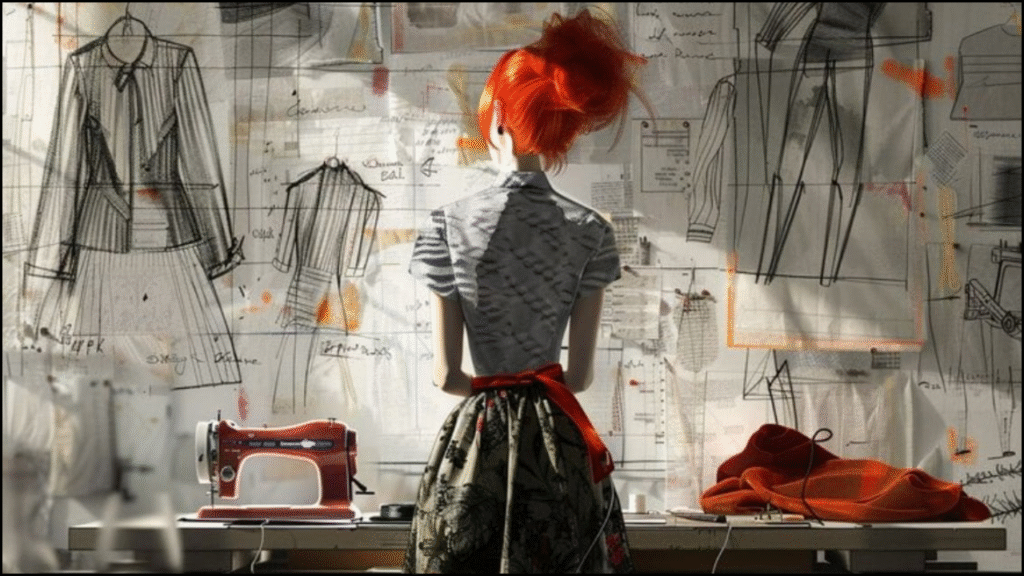
Fashion and textile art share a deep connection that extends beyond fabric and clothing. Textile art is not only about weaving, dyeing, or embroidery but also about expressing identity, history, and culture through threads and patterns. Fashion, on the other hand, transforms textile art into wearable creations that reflect social trends and individual style. The meeting point of these two domains creates a space where creativity, craftsmanship, and innovation coexist. This intersection represents a dialogue between tradition and modernity, where age-old practices inspire contemporary designs.
Table of Contents
Historical Connection between Fashion and Textile Art
- Textile art has existed since ancient civilizations, where fabrics were created through weaving, dyeing, and hand-stitching.
- Fashion began evolving when people started using textiles not only for protection but also for status and expression.
- Early societies considered textile art a sign of prestige, with royals and elites commissioning fine fabrics.
- The Renaissance period showcased textile richness in fashion, with silk, velvet, and intricate embroidery becoming symbols of luxury.
- Traditional textile art influenced regional fashion across continents, from Indian handloom sarees to Japanese kimonos.
Cultural Narratives within Textiles and Fashion
- Textile patterns often carry cultural meanings such as motifs, colors, and symbols tied to heritage.
- Fashion designers reinterpret these cultural textiles to create modern looks without losing their original essence.
- Indigenous communities preserve identity through textiles, which often inspire global fashion brands.
- Fashion acts as a bridge that brings local textile traditions into global markets.
Examples of Cultural Influence
- India: Block printing, ikat, and zari work influence sarees and global runway collections.
- Japan: Kimono silks and shibori dyeing techniques seen in haute couture.
- Africa: Kente cloth and Ankara prints are transforming both local dress and Western fashion lines.
- Peru: Alpaca wool weaving techniques merging with luxury knitwear brands.
Techniques that Link Fashion and Textile Art
- Weaving: Creating fabric structures that form the base of garments.
- Embroidery: Adding decorative detail that turns clothing into an artistic expression.
- Dyeing: Techniques like batik, tie-dye, and indigo shape fabric identity.
- Printing: Block, screen, and digital printing, enabling mass or unique designs.
- Knitting and Crochet: Producing textures and patterns that define both utility and style.
Fashion as a Canvas for Textile Art
- Designers treat clothing as a platform where textile art finds visibility.
- High-fashion runways often showcase garments that blur the line between art and apparel.
- Avant-garde fashion houses collaborate with textile artists to produce experimental collections.
- Everyday clothing reflects textile art when handwoven, embroidered, or printed fabrics are used.
Economic Significance of Textile Art in Fashion
- Textile art sustains artisan communities by providing global exposure through fashion.
- Fashion houses collaborate with craft clusters to revive endangered textile traditions.
- Handcrafted textiles increase the market value of fashion products.
- Eco-conscious consumers support sustainable textile practices, influencing fashion demand.
Economic Impact
| Aspect | Textile Art Contribution to Fashion |
|---|---|
| Employment | Generates jobs for artisans, weavers, dyers, and embroiderers. |
| Exports | Handloom and handcrafted textiles strengthen national export markets. |
| Luxury Fashion | Unique textiles enhance exclusivity in high-end fashion collections. |
| Sustainability | Eco-friendly textiles attract conscious consumers. |
Innovation at the Intersection
- Modern technology merges with textile art to create futuristic fashion.
- Digital printing allows detailed patterns without manual labor.
- Smart textiles with sensors, LEDs, or heat regulation represent new possibilities.
- Designers experiment with biodegradable fabrics inspired by traditional natural fibers.
- Fusion of hand techniques and machine precision defines modern couture.
Examples of Innovations
- 3D printing fabric-like structures for fashion garments.
- Wearable technology textiles integrated into sportswear.
- Sustainable fibers made from bamboo, banana, or pineapple leaves.
- Revival of ancient dyeing methods with eco-friendly adaptations.
Textile Art as Storytelling in Fashion
- Every textile has a narrative of craftsmanship, region, and culture.
- Fashion amplifies these stories by making them visible on runways and in retail.
- Contemporary designers often highlight artisans’ names and origins to give credit.
- Textile storytelling strengthens cultural preservation in modern fashion contexts.
Collaboration between Designers and Artisans
- Fashion designers rely on skilled textile artists for authentic creations.
- Collaborations bring innovation while respecting traditions.
- Designer-artisan partnerships elevate traditional crafts to luxury status.
- Artisan-led initiatives ensure fair trade and ethical sourcing.
Collaboration
| Designer/Brand | Artisan/Textile Tradition | Outcome |
|---|---|---|
| Sabyasachi Mukherjee (India) | Banarasi weaving, hand embroidery | Luxury bridal fashion rooted in tradition |
| Issey Miyake (Japan) | Shibori dyeing | Modern silhouettes with cultural depth |
| Stella McCartney (UK) | Eco-friendly textiles | Sustainable luxury collections |
| Dior | African textile prints | Global recognition for traditional motifs |
Sustainability at the Intersection of Fashion and Textile Art
- Textile art emphasizes natural materials and slow production.
- Fashion sustainability movements borrow from textile traditions that use eco-friendly processes.
- Handloom weaving and vegetable dyeing reduce industrial waste.
- Ethical sourcing of textiles ensures fair compensation for artisans.
- Circular fashion encourages textile reuse and upcycling.
Educational Value of Textile-Fashion Connection
- Fashion schools teach textile art as a foundation for design.
- Museums and exhibitions highlight the evolution of textiles in fashion.
- Academic research explores how textiles shape fashion identity.
- Workshops promote hands-on learning in weaving, dyeing, and embroidery.
Challenges in Integrating Textile Art with Fashion
- Mass production often undervalues handcrafting.
- Intellectual property concerns arise when designers copy traditional motifs.
- Artisans face exploitation without fair pay.
- Consumer demand for fast fashion reduces appreciation for slow textile art.
- Bridging tradition with modern trends requires careful balance.
Challenges
| Challenge | Impact on Fashion and Textile Art |
|---|---|
| Mass Production | Decreases uniqueness of handcrafted textiles. |
| Cultural Appropriation | Misuse of traditional symbols without credit. |
| Artisan Marginalization | Reduced income for skilled communities. |
| Fast Fashion Pressure | Compromises quality and sustainability. |
Future of Fashion and Textile Art
- Growing interest in sustainable fashion strengthens the textile-art connection.
- Digital platforms allow artisans to reach global markets directly.
- Blended techniques combining heritage with technology will dominate future fashion.
- Textile art will continue as both a cultural archive and a modern design tool.
Moving Forward
Fashion and textile art form a partnership that enriches culture, economy, and creativity. Textile traditions preserve history, while fashion transforms them into living, wearable forms. The collaboration ensures artisans receive recognition while designers push innovation forward. This intersection is not only about fabric but also about identity, storytelling, and sustainability. The future of fashion will continue to rely on textile art as both a creative and ethical foundation.

